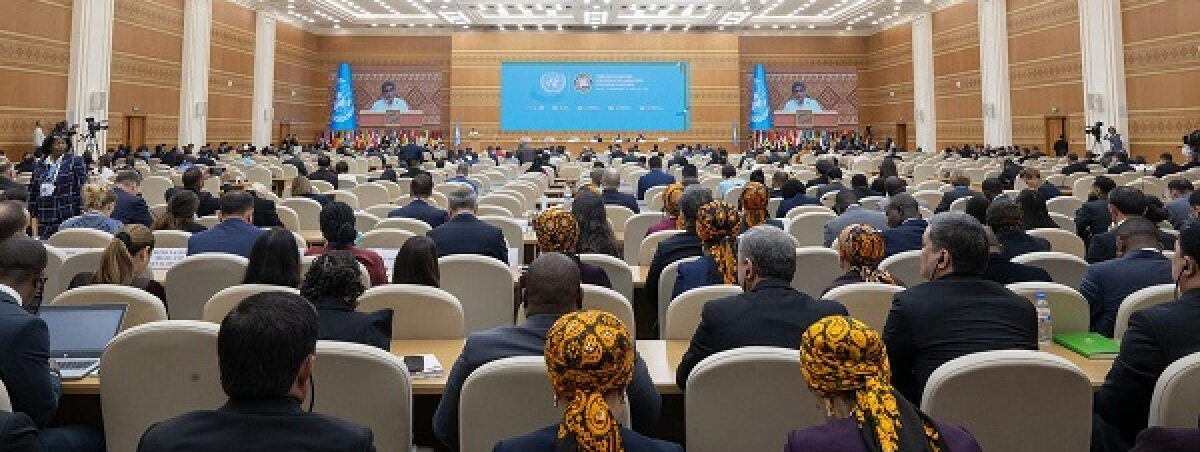Landlocked developing countries account for just 1.2% of world trade, burdened with costs up to 74% higher than global averages. At the recent UN conference in Turkmenistan, UNECE outlined how digital trade corridors, harmonised legal frameworks, and resilient infrastructure can unlock growth potential for these economies.
Key levers include the adoption of digital transit systems like eTIR and eCMR, unified rail laws to cut delays, and infrastructure agreements that guide smarter cross-border investment. Coupled with UN/CEFACT standards for seamless digital trade, these tools can reduce friction, enhance connectivity, and open new opportunities for diversification.
The broader message is clear—digitalisation, resilience, and multilateral partnerships are no longer optional; they are the foundation for competitiveness in a fragmented global economy.
Read the full article to explore the strategies shaping trade and connectivity for landlocked economies.

















.png)

